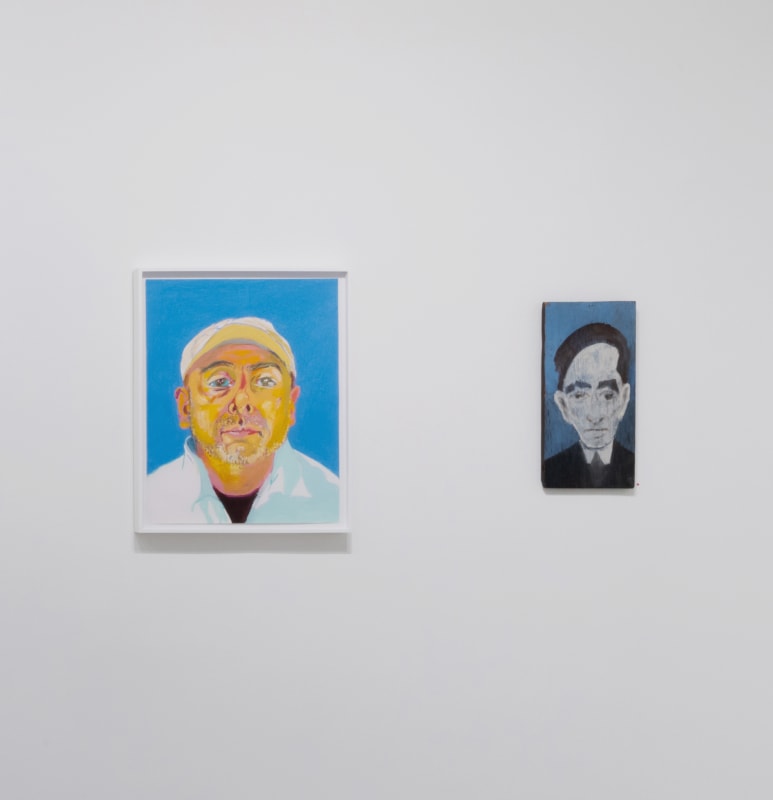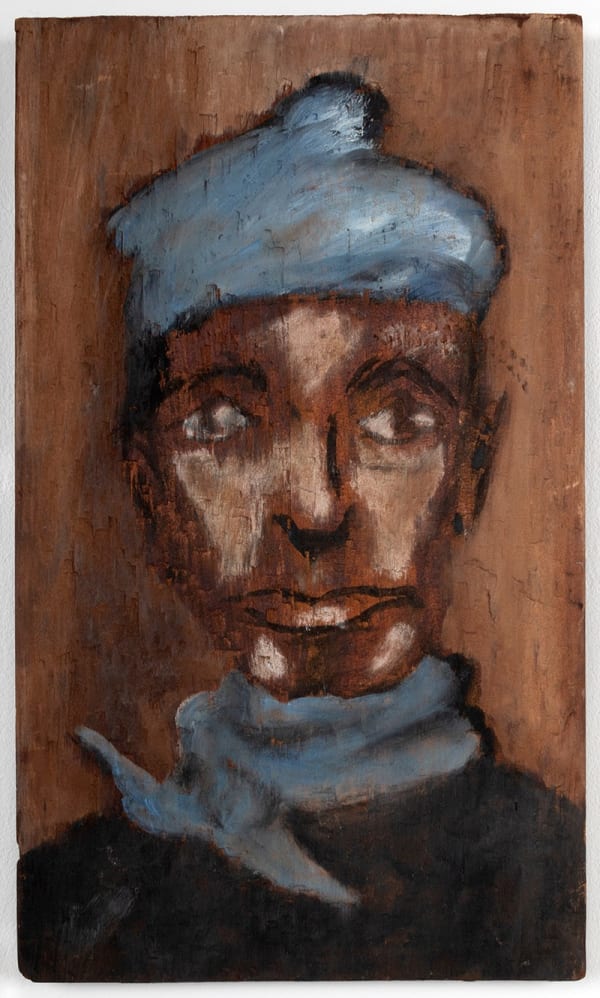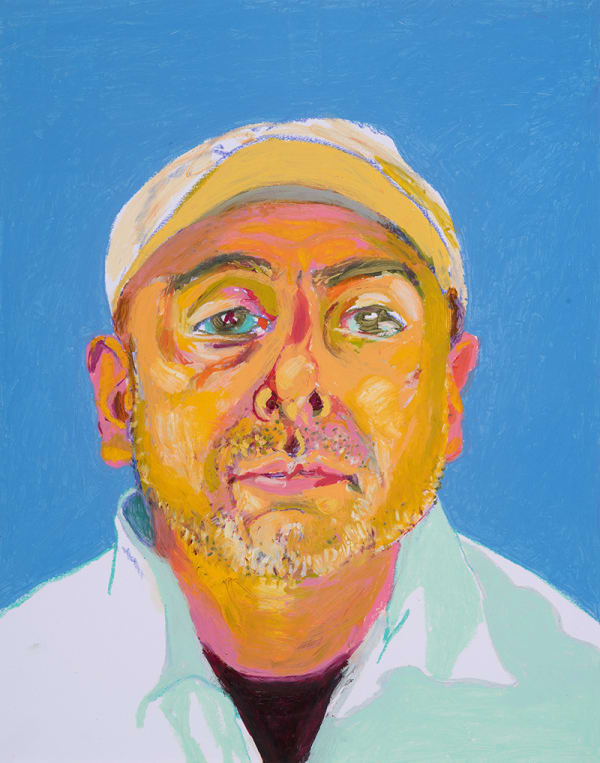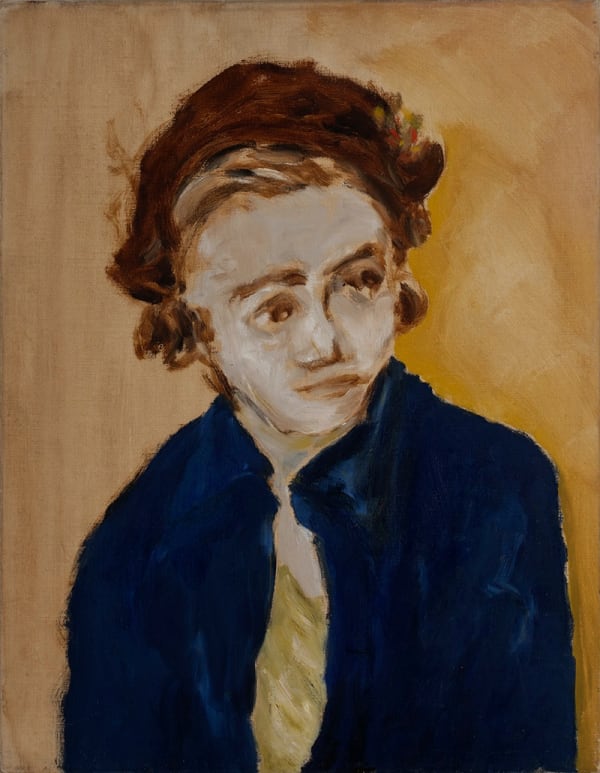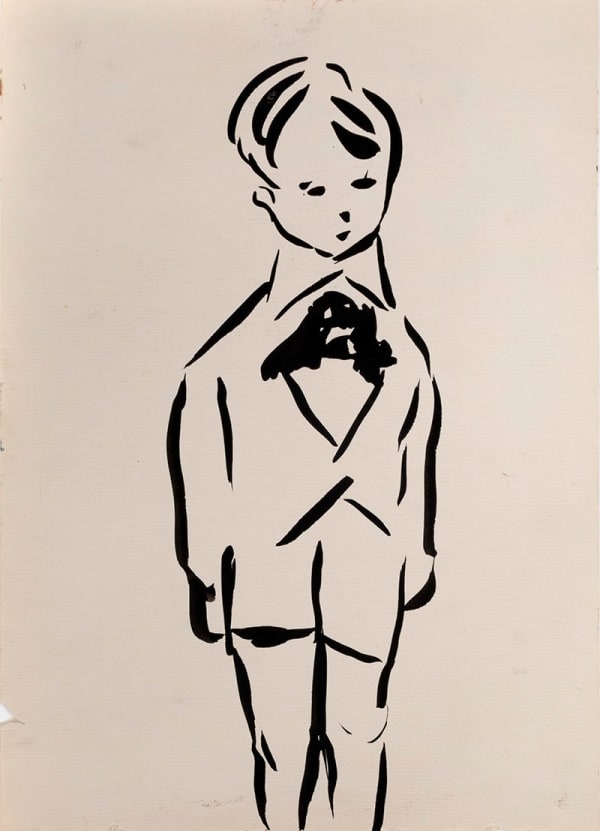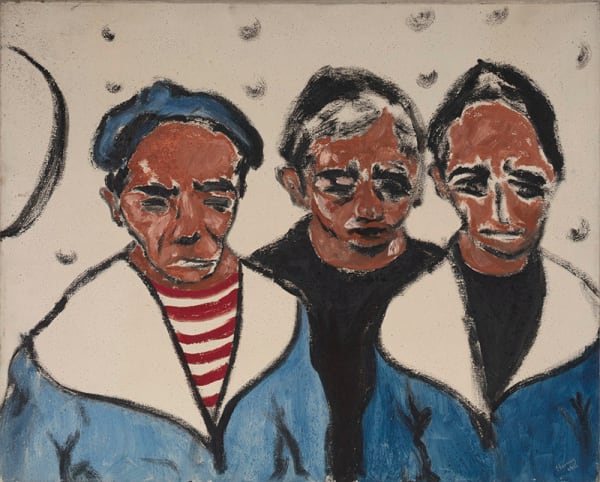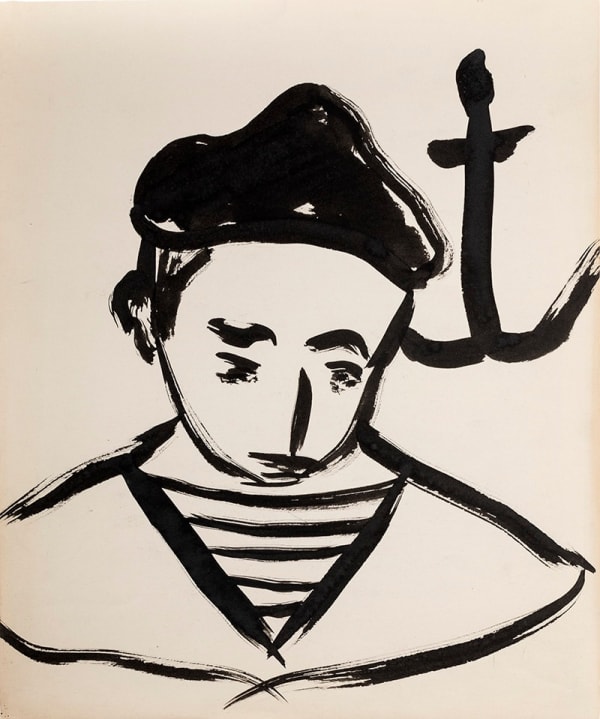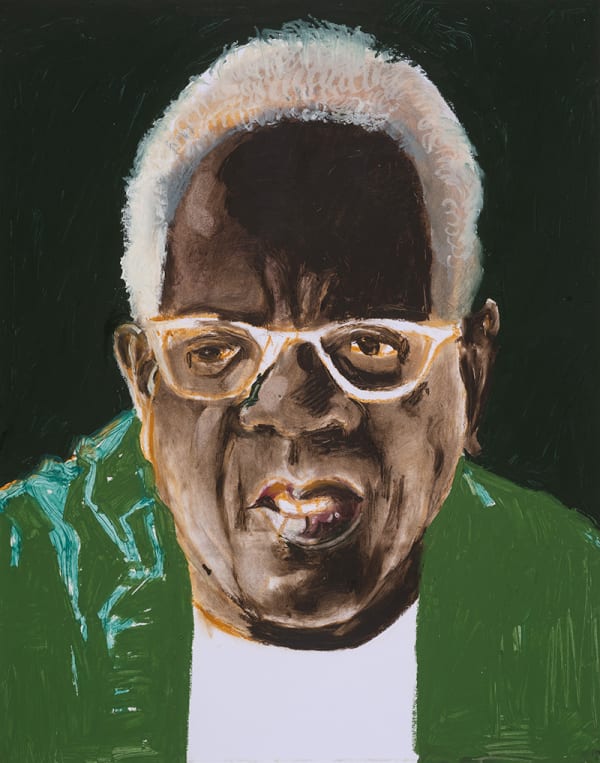Jack Ceglic | Mark Heming: Casting Call
The Drawing Room is pleased to present a two-person exhibition that spotlights portraits by American artists Mark Heming (b. 1907– d. 1999) and Jack Ceglic (b. 1935). The installation juxtaposes paintings and drawings created by two New Yorkers who embraced the diverse cross-section of their communities to explore the pathos of the human condition.
While separated by a generation and unique circumstances, Heming and Ceglic shared a sensitivity to the profound expressive possibilities of portraying the human figure. By pairing their works, Casting Call highlights the vitality and psychological undertones each artist brings to portraiture, offering a compelling dialogue across time, culture and techniques.
Mark Heming was born on Manhattan’s Upper East Side to Morris Heimerdinger and Sarah Liebmann, whose family owned the historic Brooklyn brewery that produced Rheingold beer. Heming began painting as a young adult, without formal art training. His lifelong studio practice was propelled by his impressions of the multiplicity of people he observed in public – on city sidewalks, trolleys, and restaurants in New York, and on occasional travels in Europe. The visceral paintings and drawings that constitute his mature work reflect his empathic response to individuals who remained anonymous. Though reluctant to exhibit his work during his lifetime, Heming maintained an active studio after moving to Sag Harbor in the 1950s and continued to develop new bodies of work until his death at 92.
Jack Ceglic was raised in the Crown Heights neighborhood of Brooklyn, where his mother owned a small grocery store. After training in art and illustration at Parsons, he was commissioned by Bonwit Teller to create paintings for the department store’s windows. Provided with art supplies, introductions to actors and access to fashion design ateliers, he flourished as a young artist, making large-scale works that evoked recognizable personae and fashion of the day. This exposure led to early exhibitions in the 1960s, and the launch of a six-decade career in which the resonance of his portraits has been highly regarded.
-
 Jack CeglicLexi, 2022signed versooil stick on paper24 x 19 inches
Jack CeglicLexi, 2022signed versooil stick on paper24 x 19 inches -
 Mark HemingUntitled, 1952signed and dated verso: Heming 52oil on wood15 x 9 x 5/8 inches
Mark HemingUntitled, 1952signed and dated verso: Heming 52oil on wood15 x 9 x 5/8 inches -
 Jack CeglicEmidio, 2022signed versooil stick on paper24 x 19 inches
Jack CeglicEmidio, 2022signed versooil stick on paper24 x 19 inches -
 Mark HemingLady in Blue, 1957titled and dated on stretcheroil on linen18 x 14 inches
Mark HemingLady in Blue, 1957titled and dated on stretcheroil on linen18 x 14 inches -
 Jack CeglicEva, 2022signed versooil stick on paper24 x 19 inches
Jack CeglicEva, 2022signed versooil stick on paper24 x 19 inches -
 Mark HemingUntitled (1354)ink on paper14 x 10 inches
Mark HemingUntitled (1354)ink on paper14 x 10 inches -
 Mark HemingThree Sailors, 1952signed and dated lower right: Heming 1/6/52, titled on stretcheroil and sand on linen24 x 30 inches
Mark HemingThree Sailors, 1952signed and dated lower right: Heming 1/6/52, titled on stretcheroil and sand on linen24 x 30 inches -
 Jack CeglicRamon, 2010signed and dated versooil stick on paper29 3/4 x 22 inches
Jack CeglicRamon, 2010signed and dated versooil stick on paper29 3/4 x 22 inches -
 Mark HemingYouth Yellow Tie, 1955signed, dated and titled on stretcheroil on linen24 x 15 inches
Mark HemingYouth Yellow Tie, 1955signed, dated and titled on stretcheroil on linen24 x 15 inches -
 Mark HemingUntitled (sailor, 1451)ink on paper17 x 14 inches
Mark HemingUntitled (sailor, 1451)ink on paper17 x 14 inches -
 Jack CeglicMichael, 2010signed and dated versooil stick on paper29 3/4 x 22 inches
Jack CeglicMichael, 2010signed and dated versooil stick on paper29 3/4 x 22 inches -
 Jack CeglicStanley, 2022signed versooil stick on paper24 x 19 inches
Jack CeglicStanley, 2022signed versooil stick on paper24 x 19 inches

